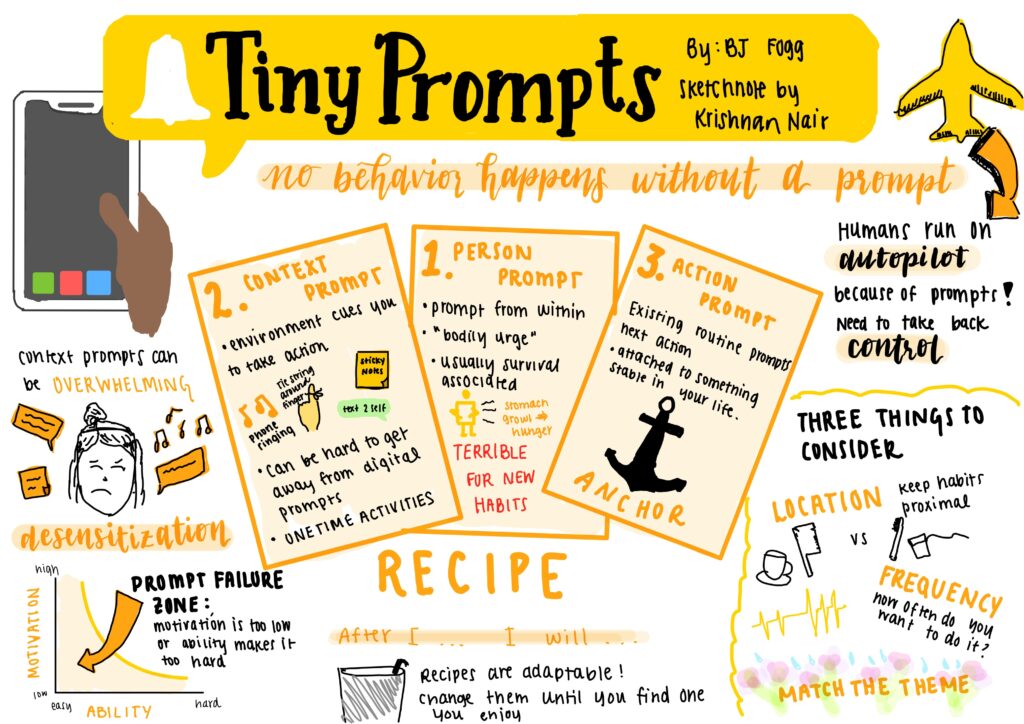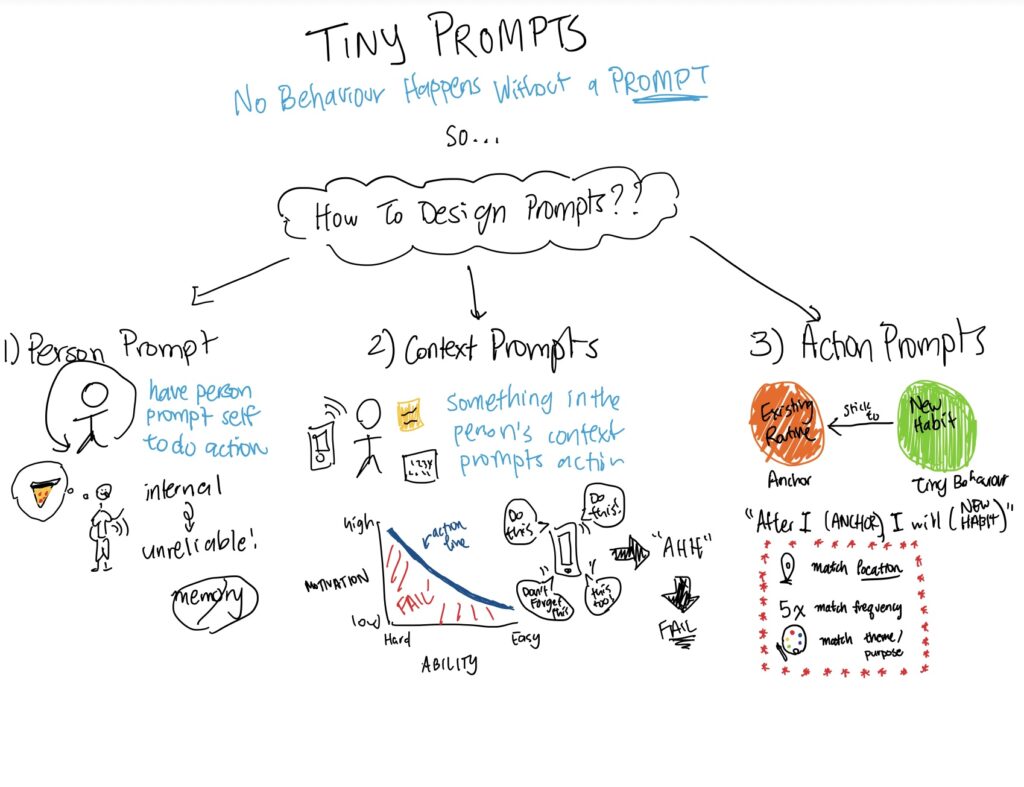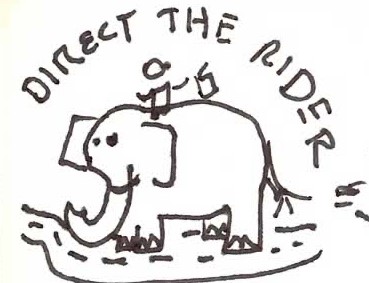Before this class, I thought that design for behavior change was relatively straightforward—you introduce some incentives into the design, make it into a comprehensive experience, and then you would have a solid product pretty much ready to push out onto the market. However, throughout the course, learning about the intricacies of design for behavior change really opened my eyes to the fact that this design has to be extremely careful and thoughtful in order to affect meaningful change without causing any unintended consequences. The lesson I enjoyed learning the most was about how implementing incentives can create adverse effects, like encouraging toxic mentalities or false achievements. Working on BeMeal with my team was a truly enlightening experience. As we navigated the various stages of the project, I found myself enjoying the collaborative brainstorming sessions and the iterative design process. However, the challenges we faced in striking the right balance between nudging users towards healthier habits and avoiding manipulation were quite daunting.
Our approach, which involved researching user behavior, designing a prototype, and obtaining user feedback, was generally effective. However, there were instances where we could have benefitted from more diverse perspectives to better cater to users’ needs. In future projects, I will ensure that we gather more comprehensive feedback from a diverse user base.
The tools and methods I found particularly useful were user interviews, rapid prototyping, and the iterative design process. These allowed us to refine our ideas quickly and adapt our design to better suit users’ needs. However, I felt that some design tools, like personas, limited our ability to consider the unique needs of individual users. In future projects, I will explore alternatives to better capture the diversity of user needs.
One specific problem we encountered was ensuring user privacy. We addressed this by anonymizing the data collected and limiting the information shared with other users, adhering to a definition of privacy that prioritizes user control over personal information. To avoid potential privacy breaches in future developments, we can invest in robust security measures and continuously update our privacy policies.
In terms of ethical considerations, BeMeal employs nudges, such as notifications and social sharing features, to encourage healthier eating habits. While these nudges are acceptable, we must remain vigilant to avoid crossing the line into manipulation for specific user groups or use-cases. Furthermore, we must carefully design our interface to promote inclusivity and accessibility, following principles of Inclusive Design, Design Justice, and Universal Design.
BeMeal promotes well-being by aligning with the hedonic theory of well-being, which focuses on happiness and pleasure. However, we recognize that certain aspects of the app, such as social comparisons, might pose risks to users’ well-being, and we will work to mitigate these risks in future iterations.
This experience has shifted my perspective on design for behavior change. I now understand the importance of addressing complex ethical considerations and being mindful of potential unintended consequences. Ten years from now, I believe I will remember the lessons learned about user privacy, ethical design, and the delicate balance between nudging and manipulation.
Having gone through this process, next time I am faced with a similar situation, I will prioritize ethical considerations from the onset, engage a diverse user base for feedback, and be more open to exploring alternative design tools to better understand and cater to users’ unique needs. Overall, this course has equipped me with valuable insights and skills that I will carry forward in my work at Stanford and beyond.



